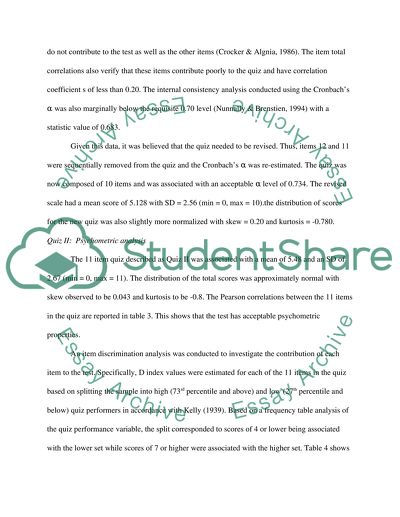Cite this document
(“Lab report Example | Topics and Well Written Essays - 1500 words”, n.d.)
Lab report Example | Topics and Well Written Essays - 1500 words. Retrieved from https://studentshare.org/other/1401021-lab-report
Lab report Example | Topics and Well Written Essays - 1500 words. Retrieved from https://studentshare.org/other/1401021-lab-report
(Lab Report Example | Topics and Well Written Essays - 1500 Words)
Lab Report Example | Topics and Well Written Essays - 1500 Words. https://studentshare.org/other/1401021-lab-report.
Lab Report Example | Topics and Well Written Essays - 1500 Words. https://studentshare.org/other/1401021-lab-report.
“Lab Report Example | Topics and Well Written Essays - 1500 Words”, n.d. https://studentshare.org/other/1401021-lab-report.


